Hide Show
Sell/Trade Us Your Car | Click Here To Learn More
Your tire pressure light provides a critical reminder to restore the pressure in your vehicle's tires when it gets low. You should only attempt to reset the light after first addressing the tire pressure in every tire. Once your tires are at the appropriate pressure, the light may go off on its own. If it doesn't go off right away, driving at 50 mph for about 10 minutes should help the tire pressure sensor reset.
If the tire pressure light is still on, there are a few more tricks you can try:
TPMS stands for Tire Pressure Monitoring System. The tire pressure light is one component of this electronic system, providing a visual alert when your tire pressure is low. The TPMS monitors tire pressure using either an indirect or direct method.
An indirect TPMS measures the rate of revolution for each wheel. If a wheel starts spinning faster than anticipated, the system signals to your vehicle's computer that something is amiss with the tire rotation, and your tire pressure light comes on. You must manually reset the monitor in an indirect TPMS system.
A direct TPMS uses pressure monitoring sensors in each tire to monitor tire pressure exactly. This is a more accurate alternative to an indirect TPMS system. The batteries inside these sensors will last for about 10 years. Direct TPMS systems reset automatically after tire inflation or rotation. You do need to have these sensors resynchronized when you get new tires, which requires a special tool.
Yes, cold weather will affect the air pressure in your tires. Your tires lose one or two pounds per square inch (PSI) for every 10 degrees that the temperature drops. Cold air condenses while warm air expands. Therefore, the colder air in your tires will take up less space in lower temperatures.
You may find that your TPMS light is only illuminated for a short time in the morning on particularly cold days. After about 20 minutes of driving, the air will often warm up and expand, restoring proper pressure in your tires. If the light stays on after 20 minutes on the road, you should add air to your tires as needed to restore the proper pressure. Low tire pressure is hazardous for your vehicle regardless of the cause.
If the light stays on after 20 minutes on the road, you should add air to your tires as needed to restore the proper pressure. Low tire pressure is hazardous for your vehicle regardless of the cause.
When the tire pressure monitor light is on, the first thing you should do is check the pressure in each of your tires, including the spare. Check the manufacturer's recommendation to determine the appropriate pressure for each tire. This is typically between 30 and 35 PSI but may vary. You should measure tire pressure when the tires are cold, which means they have not been driven in the last three hours.
To check the pressure, simply unscrew the valve cap and insert a tire gauge into the valve stem. The gauge will provide a clear reading. Replace the valve cap when you're finished. If your tires are all at the appropriate pressure, there's a malfunction with your TPMS. Bring your vehicle to an authorized dealership service center to diagnose and resolve the issue.
If the tire pressure monitor light is on, you should check your tire pressure as soon as possible. Low tire pressure creates a serious hazard on the road. According to the National Highway Traffic Safety Administration, 738 people died in tire-related crashes in 2017. When tire pressure is low, the tire has more contact with the road. This may cause the tire to overheat, leading to tread separation, excessive tire wear, or a blowout.
Low tire pressure also wreaks havoc on your fuel efficiency. You can save up to 11 cents per gallon simply by keeping your tires properly inflated. You'll also save money on tire replacements with adequate inflation. Keeping your tires properly inflated can add 4,700 miles to the tire's average lifespan.
The tire pressure monitor light gives you valuable information and should not be ignored.
You do not necessarily need to have your TPMS sensors replaced with new tires, but this is a good time to check them and make sure they're still in good condition. If you have an indirect TPMS system, your mechanic will need to manually reset the sensors after changing your tires. If you have a direct TPMS system, no additional maintenance is required to reset the system.
If you have an indirect TPMS system, your mechanic will need to manually reset the sensors after changing your tires. If you have a direct TPMS system, no additional maintenance is required to reset the system.
A new TPMS system will typically last for about 10 years before the batteries run out. If you have an older vehicle, you may need new sensors every five or six years. Your mechanic can advise you on the best time to replace TPMS sensors for your vehicle. When new sensors are installed, the system must relearn the location of each tire, which requires a detailed series of technical procedures. You should leave this task to a professional.
If you need tire service for your Toyota, come to Kings Toyota for prompt, reliable service. Our highly-trained technicians are equipped to assist with any type of tire issue, whether you need new tires or have a malfunctioning tire pressure sensor light. Make your appointment today.
First Name*
Last Name*
Contact Me by*
EmailPhone
171 Washington Street, Morristown, NJ | 973-540-9880
by alazo@eaglesoars. com
com
Another pesky light is illuminated on your dashboard. This time it’s the low tire pressure warning light. Fixing the problem could be as simple as adding air to your tires. What do you do if you’ve checked the tire pressure and it’s fine? Read on to find out about your vehicle’s Low Tire Pressure Monitoring System – why you need it, how it works, and what you should do when this warning light comes on.
Your vehicle is equipped with a Low Tire Pressure Monitoring System (TPMS) to help you make sure your tires are inflated to the correct air pressure. Almost 200 deaths occur each year because of tire-related crashes and a good number of them happen because tires are underinflated. Think about this for a moment. When was the last time you checked the air pressure in your tires? Do you check your tire air pressure once a month, as is recommended? The TPMS makes the job a little easier for you.
Your car is either equipped with a direct or indirect TPMS.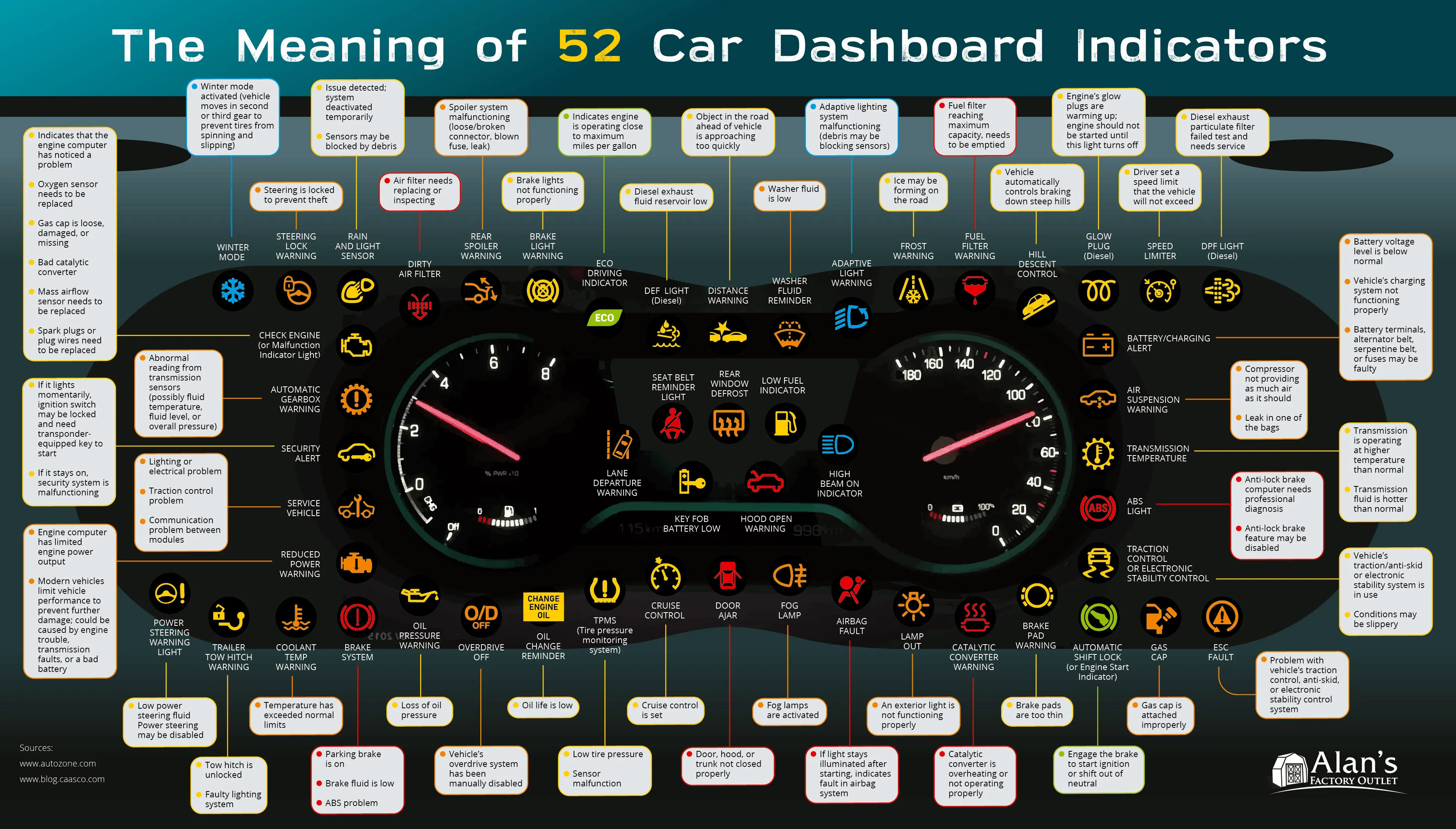 The sensors in a direct TPMS monitor the air pressure within each of your tires. If the tire pressure in one or more of your tires drops 25% or more, the computer module in your vehicle will trigger the tire pressure warning light on your dashboard. With an indirect TPMS, wheel speed sensors are used to determine how fast your tires are rotating in comparison to the relative size of your tires. If a wheel starts to spin faster than it should, your car’s computer assumes the tire is underinflated and it tells the TPMS warning light to illuminate.
The sensors in a direct TPMS monitor the air pressure within each of your tires. If the tire pressure in one or more of your tires drops 25% or more, the computer module in your vehicle will trigger the tire pressure warning light on your dashboard. With an indirect TPMS, wheel speed sensors are used to determine how fast your tires are rotating in comparison to the relative size of your tires. If a wheel starts to spin faster than it should, your car’s computer assumes the tire is underinflated and it tells the TPMS warning light to illuminate.
 If one or more tires is low, re-inflate them. (Click here for information on how to care for your car tires.)
If one or more tires is low, re-inflate them. (Click here for information on how to care for your car tires.)Quick Tip: Always carry a tire gauge in the glove compartment so you can quickly check the air pressure once a month. Remember, to check the tires when they are cold – first thing in the morning is best.
Quick Tip: Some vehicles are equipped with a reset button for the TPMS Warning Light. Once you’ve filled the tires to the correct pressure, reset the warning light on your instrument panel.

If you’ve added air but the air pressure warning light stays on, there’s a problem with your Tire Pressure Monitoring System or you have a slow leak. Assuming there is no leak in your tire, a lit TPMS warning light indicates a problem with a tire pressure sensor. One of them may be bad, the lithium-ion battery may be dead or there could be an internal fault within the TPMS. In any of these cases, you’ll need to have repair work performed on your Tire Pressure Monitoring System.
Quick Tip: If the TPMS warning light comes back on after you’ve filled the tire with air, recheck the tire to make sure it is inflated to the proper air pressure. If the tire air pressure is low, you have an air leak and should have the tire fixed or replaced.
If that pesky Tire Pressure Monitoring System light won’t turn off, give us a call. The ASE-certified mechanics at Shade Tree Garage can diagnose and correct whatever is causing the problem. Click here to make an appointment to have your low tire pressure monitoring system fixed at our auto repair shop in Morristown, New Jersey.
The ASE-certified mechanics at Shade Tree Garage can diagnose and correct whatever is causing the problem. Click here to make an appointment to have your low tire pressure monitoring system fixed at our auto repair shop in Morristown, New Jersey.
© 2022 Shade Tree Garage | Morristown, NJ • Built with GeneratePress
Save article:
The article says:
When the tires are optimally inflated, the low tire pressure indicator (TPMS) does not light up on the vehicle's dashboard. However, in some cases, it lights up even if the pressure is normal. This can't help but be annoying, especially when the tires are inflated normally. In our article today, we will figure out how to reset a tire pressure error.
In our article today, we will figure out how to reset a tire pressure error.
American and European scientists conducted a study, during which it was found that most drivers do not check whether the wheels are properly inflated before getting behind the wheel of a car. Only 40% of car owners perform such a check - and even then only once every 12 months. This is the reason for a large number of accidents.
The TPMS (Tyre pressure monitoring system) system is designed to monitor tire pressure, as well as warn of a malfunction. If the tires are under-inflated or over-inflated, an error will be displayed on the remote control or an audible signal will appear.
What is dangerous too high or, conversely, low pressure? The risk of an accident increases, the car begins to consume more fuel, in addition, the rubber wears out faster.
Photo: Shutterstock
The above devices operate on the same principle. Let's figure out how information about what tire pressure gets to the control panel.
Let's figure out how information about what tire pressure gets to the control panel.
Consider how pressure is calculated by measuring instruments. Typically, the sensor performs a comparison of the angular rotation of the wheel. Knowing the value of this parameter, you can calculate the distance that the wheel will travel in one rotation.
Typically, the sensor performs a comparison of the angular rotation of the wheel. Knowing the value of this parameter, you can calculate the distance that the wheel will travel in one rotation.
Obviously, if the tires are under-inflated or over-inflated, then the outer diameter of the wheel will be different. Visually, a person cannot determine this change. But the sensor notices even such changes. The system fixes non-compliance with the required parameters.
The sensor will still respond, despite the fact that the wheel circumference has changed quite a bit. In this situation, it is necessary to find out what mechanical reason led to this. Only in this way can you eliminate the misinterpretation of the signals transmitted by the system. This can happen because:
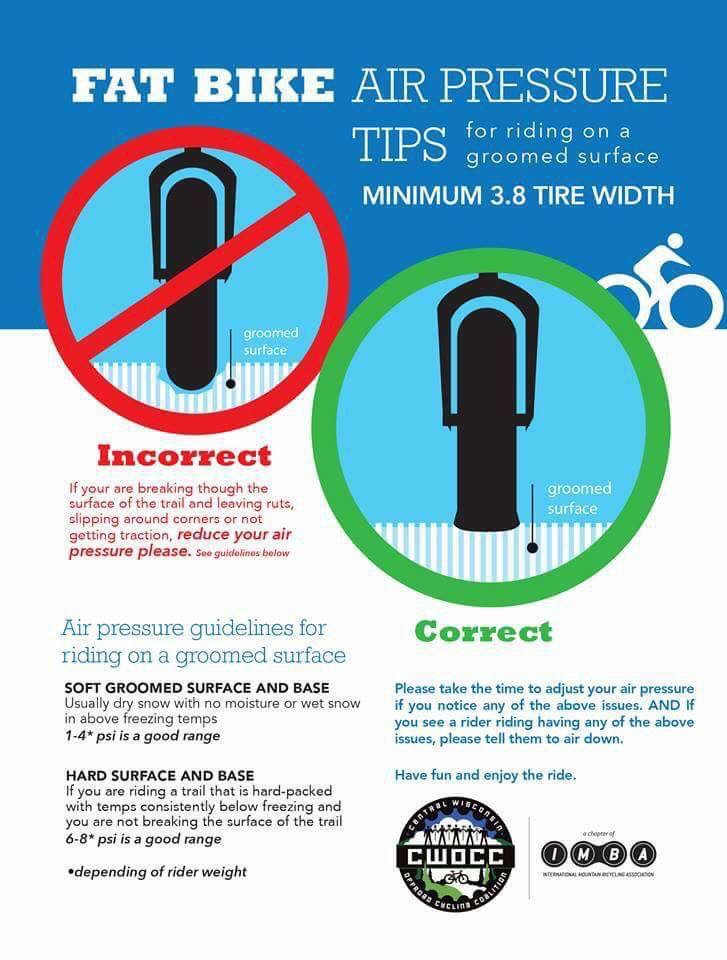
Also, the TPMS system gives an error when you install new wheels or rearrange them.
When, after these steps, a tire pressure error appeared, indicating unbalance, you should reset the settings, and then set the basic parameters. In this case, the control signal may remain even if the basic settings have been selected.
Why such problems may occur:
 At the same time, as soon as you drive out onto an asphalt surface or start driving calmly, the error disappears.
At the same time, as soon as you drive out onto an asphalt surface or start driving calmly, the error disappears.
See also
Velcro or spikes: which rubber is better for the Russian winter?
Read more
How to reset tire pressure error? To begin with, imagine that the TPMS system is working properly and the blinking light indicates a problem with the undercarriage of the machine. The first thing you should do is slowly release the gas. You can not brake sharply, turn the steering wheel. After the car has stopped, inspect the tires to make sure the rubber is not punctured or broken. Then you can check if the tire pressure is normal.
Pay attention! The TPMS will not always show a tire pressure error. For example, if the tires are slowly deflating, the system will not inform you about the problem.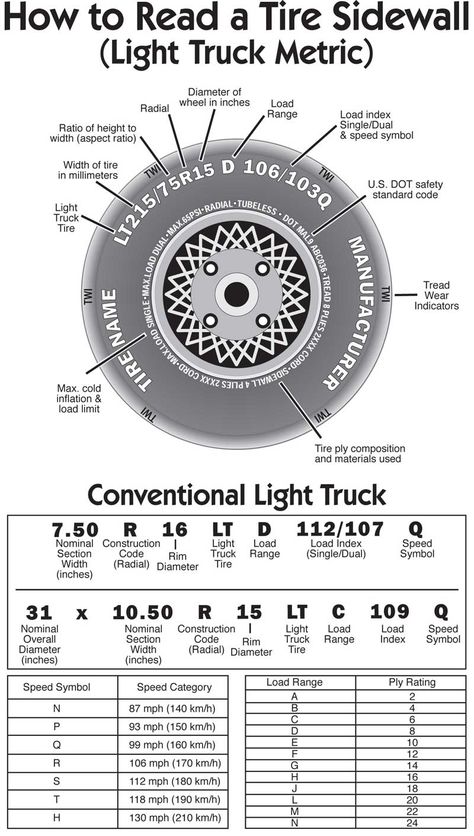 In the same way, she will not notice the error if the tire pressure starts to drop rapidly. This usually happens when a tire ruptures. This feature of the TPMS system is explained by the specifics of identifying and counting nonconformities.
In the same way, she will not notice the error if the tire pressure starts to drop rapidly. This usually happens when a tire ruptures. This feature of the TPMS system is explained by the specifics of identifying and counting nonconformities.
However, in some cases, it happens that the TPMS system indicator is on, but the tires are in perfect condition. How to reset tire pressure error? We understand.
The complex TPMS system in some cases starts to work incorrectly. Usually, car owners observe the following picture: a tire pressure error is displayed on the display (the tire is underinflated), but in reality everything is fine with the wheel. You have to reset the tire pressure error. Otherwise, the TPMS system starts to work incorrectly.
Photo: Shutterstock
You also have to reset the tire pressure error when there is radio interference from high voltage power lines. Or when sources of radio signals are located in the immediate vicinity. But as soon as you move away from them, the pressure error disappears and the system begins to function properly.
But as soon as you move away from them, the pressure error disappears and the system begins to function properly.
The reason for the malfunction may lie in the sensor, which is "failed". This damage cannot be easily repaired. How to reset a tire pressure error if the sensor flashes, while you hear a beep, lose your vigilance and find it difficult to drive a car? There are 4 ways to fix this problem.
To reset the error, pick up a speed of 80 km / h and continue driving for another 15 kilometers.
This method is the easiest to implement. If your car has this feature, then turn on the cruise control so that the speed does not change. Depending on the model of your car, you will be able to reset the tire pressure error at a speed that exceeds the specified one. After you cover a distance of 15-20 kilometers, maintaining the same speed of 80 km / h, make a stop. Turn off the motor. When you start it again, the tire pressure error will disappear.
Popular articles
From top to bottom, obliquely: how to degrease a car body before painting
12/15/2022
11
Chic, shine, beauty: how to remove scratches on a car with your own hands
9.12.2022
90
Without damage: how to reduce the fuel consumption of your car
11/29/2022
132
How much do they pay for advertising on a car
11/25/2022
283
Best car tool kit
11/18/2022
232
Press the tire pressure monitoring system (TPMS) reset button on your car and you will be able to reset the error.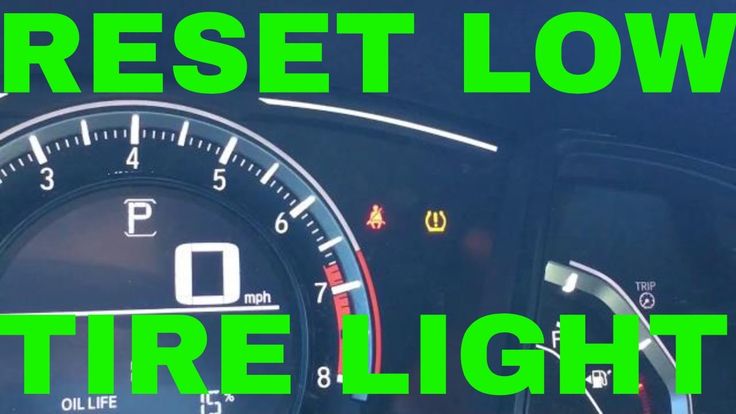
It does not matter what type of low pressure warning system is used. In any case, there will be a sensor on each wheel of your car. Sometimes it may be necessary to reboot the touch system of the car. Read the owner's manual for the vehicle. It contains information on how to reset a tire pressure error. Most often, the instructions indicate which button to press to reset.
The ignition key must be in the lock. No need to start the car, just turn it to the “on” (“ON”) position. Then press and hold the reset button, which may be under the steering wheel. We are waiting for the low pressure indicator to blink 3 times. After that, you can release the button. We start the car, it should work for 20 minutes. After this time, the computer will calibrate the sensors on the wheels. Now you can turn off the car.
Read also
""
Read more
Lower and then re-inflate the wheels.
Failed to reset tire pressure error using the previous method? Then we inflate all tires to 0.2 bar, this is the pressure that should be according to the recommendations of car manufacturers. Did the error go away? Then we lower the pressure in the tires completely.
Now we pump up the wheels again. The pressure in them should be the same as indicated on the driver's door pillar or in the car's operating instructions. When there are sensors on the wheels, you need to remember about the spare tire. Now you need to drive about 3-5 kilometers, adhering to a speed of 25 km per hour. So you can reset the tire pressure error.
Remove the battery terminals and then connect it to reset the error.
Each car has a computer that receives data from all kinds of vehicle sensors, including TPMS system sensors. However, any electronics can fail. To reset the error, you will have to reboot the system, for which you need to turn off the power.
Photo: Shutterstock
To do this, open the hood. The battery is located under the hood. Disconnect the negative terminal from it. To perform this operation, use a wrench. Then sit in the driver's seat, turn the key to the "ON" position, but do not start the car. Now you need to press the signal for 3 seconds. This will use up the energy that remains in the electrical system of the machine. Then reconnect the battery. This way you can reset the error.
Sensors keep track of tire pressure. However, you need to be sure that they function properly. Of course, you do not need to constantly walk around with a special measuring device and find out the status of the sensors. It just needs to be calibrated from time to time.
It is performed quite simply. The most important thing to remember is that, depending on the make and model of your car, for each wheel there are pressure parameters strictly defined by the manufacturer for winter and summer. These values should be given to the sensors. How the installation and configuration will be performed depends on the controller used.
These values should be given to the sensors. How the installation and configuration will be performed depends on the controller used.
 Experts do not recommend using the internal controller yourself. However, additional settings are not required if the data is read using the screen that is directly on the control system.
Experts do not recommend using the internal controller yourself. However, additional settings are not required if the data is read using the screen that is directly on the control system. For current promotions on the Halva card, which will help you profitably purchase household appliances, you can follow here.
To prevent a tire pressure error from appearing, it is important to calibrate (adjust the TPMS system) every time a change is made. For example, when you installed a new set of wheels, repaired tires, did balancing, and the like. Using TPMS controllers is quite simple. The main thing is to read the instructions for use of the device. And make sure that the tire pressure is the one recommended by the car manufacturer.
See also
"What tires can be put on rims 14, 15 and 16: professional advice"
Read more
Every car owner gets annoyed if the tire pressure error icon lights up on the dashboard. This indicator informs you that something is wrong with the wheels. However, even if the tire pressure is optimal, the tire pressure error must be reset.
This indicator informs you that something is wrong with the wheels. However, even if the tire pressure is optimal, the tire pressure error must be reset.
The fact is that if the TPMS system icon constantly signals insufficient pressure, the driver will not be able to know when the rubber will actually begin to deflate. Driving becomes dangerous for both you and other road users. It is necessary to find out the cause of the malfunction as soon as possible and reset the tire pressure error. This is the only way to operate the vehicle safely.
Eduard Solodin
understood the dashboard display
Author's profile
Usually, all designations are in the car's operating manual.
But it is not always possible to remember them, and you can also encounter unusual indications in carsharing machines. There are times when the icon on the dashboard not only informs about something, but warns that it is better not to drive a car.
Most motorists will easily recognize the indication of an unfastened seat belt, low fuel level or windshield washer fluid. But the lights that rarely light up on the dashboard can be confusing - because of this, you can worry when nothing really bad happens, or take a warning lightly, after which the car should be urgently stopped and loaded onto a tow truck.
Test of systems on the Hyundai Creta dashboardThis article will help you understand the types of alerts on the dashboard, decipher the symbols and understand under what conditions you can continue driving, and when you need to immediately stop and send the car for repair.
Each lamp has its own color: red, yellow on the dashboard , green or blue. This is no coincidence. Conventionally, three color groups can be distinguished by analogy with a traffic light: red - stop, yellow - attention, green - you can go.
Lamps red group report a critical malfunction of the car, in which it is impossible to continue or start moving. For example, the parking brake is on, the battery is dead, or there is no oil pressure in the engine. When the lamps of this group light up, you need to immediately fix the problem.
The yellow or orange group urges the driver to pay attention to a malfunction or take some action in the near future. For example, to undergo maintenance, check the engine for malfunctions, or refuel. At the same time, it is most likely possible to start moving or continue moving, but with restrictions.
The green group indicates the operation of some vehicle functions. For example, the dipped headlights, cruise control, or turn signals are on. If such an indication is on on the dashboard, then you can drive without any restrictions. This group also includes blue lamps. For example, traditionally blue indicates the included high beam.
Signs of a critical malfunction
Brake system Brake system malfunction indicator - a schematic representation of drum brakes and an exclamation mark in the centerWhat it warns about. If this lamp comes on with the vehicle stationary, the parking brake is most likely just applied. At the same time, the car will hardly budge, but some drivers succeed.
If the lamp turns on while driving, this is a sign of a brake system malfunction. Most often, the indicator lights up when there is a brake fluid leak. Moving on in such a car is dangerous for yourself and others. You need to immediately release the gas pedal and try to coast to a stop on the side of the road. You can also slow down the engine - turn on lower gears. Further movement is possible only on a tow truck.
/guide/evakuator/
When to Call a Tow Truck
Signs of a critical malfunction
Oil level and pressure The oil level and pressure icon is a schematic representation of the oiler What it warns about.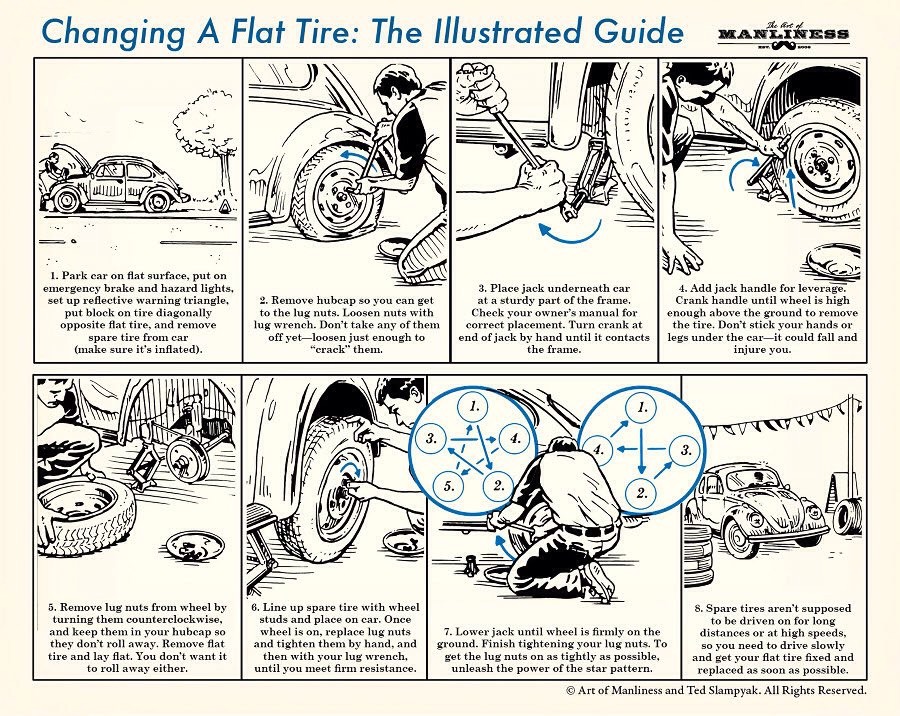 This indicator indicates that the engine has lost oil pressure or its level has dropped. First of all, you need to look at the oil dipstick. If the oil is really below the minimum mark, you can add it and continue driving, but be careful: the oil can leave at different speeds.
This indicator indicates that the engine has lost oil pressure or its level has dropped. First of all, you need to look at the oil dipstick. If the oil is really below the minimum mark, you can add it and continue driving, but be careful: the oil can leave at different speeds.
If topping up does not help, you should call a tow truck. It is possible that an oil leak has formed somewhere in the engine. Engine parts require constant lubrication during movement. Driving the vehicle with low oil levels and pressure will damage the engine, resulting in the need for a major overhaul.
Signs of a critical malfunction
Battery drain The indicator schematically depicts the battery with the designations "-" and "+" What it warns about. A burning or flickering lamp indicates the discharge of the car battery. This can happen with an old battery, in severe frost, or if you forgot to turn off some energy consumer in the car. At the same time, the car may even start: if you succeed, do not turn off the engine and try to drive longer. During this time, the car generator will charge the dead battery.
During this time, the car generator will charge the dead battery.
If this is not done, the next time the car will no longer be able to start on its own: you will need to “light up” the battery from another car or remove the battery to charge it with a special device.
/guide/zavodis-mashina/
How to start the car if the battery is dead
If the light comes on while driving, the problem is in the generator, which has stopped charging the battery and supplying the car with electricity. There are many options for the development of events, it all depends on the specific car model. Here's what it could be:

This is a topic for a separate article, so for now, advice: change such belts in a timely manner, that is, in strict accordance with the recommendations of the automaker. If the red lamp lights up while driving, stop and call a tow truck.
Signs of a critical malfunction
Engine overheating Engine overheating indicator looks like a red thermometer dipped in liquid What it warns about. This lamp comes on if the engine has been running at high speed for a long time, the coolant level has dropped, or there is a problem in the cooling system.
This lamp comes on if the engine has been running at high speed for a long time, the coolant level has dropped, or there is a problem in the cooling system.
In case of normal overheating, you can try to turn off the engine and let it cool down. After that, the lamp should go out - you can continue driving.
If a puddle of coolant has formed under the engine, then the car should not be driven. Serious overheating can damage the engine, and it is not a fact that after that it will be possible to repair it.
Signs of a critical malfunction
Steering Steering failure indication sign - red steering wheel with an exclamation point What it warns about. The light may come on if the power steering is faulty. On cars with power steering, first of all, it is worth checking the fluid level in the power steering reservoir, topping it up and getting to the service. A kilometer after topping up, you need to stop and look into the tank again: if the level has dropped significantly, it is better to continue driving on the tow truck.
If the car is equipped with an electric booster, then you need to check the voltage and wiring. If the power steering is broken, the car can be driven, but more effort is needed to turn the steering wheel. This will allow you to independently get to the car service.
On vehicles of the VAG group, such an error may appear immediately after a short disconnection of the battery or if it is discharged. To make the error disappear, turn the steering wheel to the right and left as far as it will go.
Sometimes the indicator is amber or orange. This indicates errors in the steering unit or the disabling of some functions. It is possible to drive with such an indication, but steering diagnostics or its adaptation is required.
Warning signs
Check engine "Check engine" sign, also known as "check engine", "check" or "jackie chan" What it warns about. The light may come on for a variety of reasons: errors in the operation of the engine, gearbox, any sensors, fuel pump or catalyst. All this does not always indicate serious problems. To diagnose and possibly even reset such an error, a smartphone and a cheap scanner from Aliexpress may be enough.
All this does not always indicate serious problems. To diagnose and possibly even reset such an error, a smartphone and a cheap scanner from Aliexpress may be enough.
If something serious happens, the car will go into emergency mode, the engine will start to work at lower speeds. This mode of operation is provided by the manufacturer. The engine control unit deliberately reduces its power in order to safely get to the car service under its own power. At the same time, it is worth listening to the operation of the motor and assessing changes in the behavior of the machine. If the car jerks, stalls or barely drives, it is better to call a tow truck.
Warning signs
Tire pressure The tire pressure icon represents a flat tire. Motorists call it a harp - because of the visual similarity with a musical instrument What it warns about. Not all vehicles are equipped with a tire pressure monitoring system. Direct pressure sensors are located in the wheels themselves on tire valves through which tires are pumped up and transmit information to the on-board computer.
Another type of pressure monitoring system is wired into the ABS control unit and monitors the distance the wheel travels in one revolution. A flat tire travels a shorter distance. As soon as the pressure in any of the wheels drops, this icon will appear on the instrument panel.
If you continue to drive on a flat tire, you can damage the tire and disc. In addition, deterioration in vehicle handling is dangerous for other road users. Therefore, it is better to stop and pump up the tire with a compressor. If the air leaves too quickly - put a spare tire or stowaway. And if there is neither one nor the other, call a tow truck.
/guide/rezina/
How to choose tires for a car or crossover
The icon lights up not only when there is a puncture: the pressure in the tire can drop due to temperature differences in the street. If visually everything is in order with the wheels, it is enough to calibrate the tire pressure system through the settings menu on the head unit of the car.
Warning signs
glow plugs The glow plug symbol looks like a filament in an electric lamp or a coilWhat it warns about. This designation is relevant only for diesel vehicles. The indicator means that the glow plugs warm up the engine to the required temperature. It is recommended to start the car after the icon goes out. If it does not go out, it means that there are problems in the operation of the engine preheating. For example, one of the glow plugs failed. In this case, the car will be more difficult to start in cold weather.
It makes sense to contact the service with a request to replace the candles. They are changed as a set. If the bulb does not go out after replacement, you will have to repair or change the ignition unit - a special module that controls the operation of candles.
Warning signs
Stability Program The stability control icon is a schematic representation of a car with a winding track.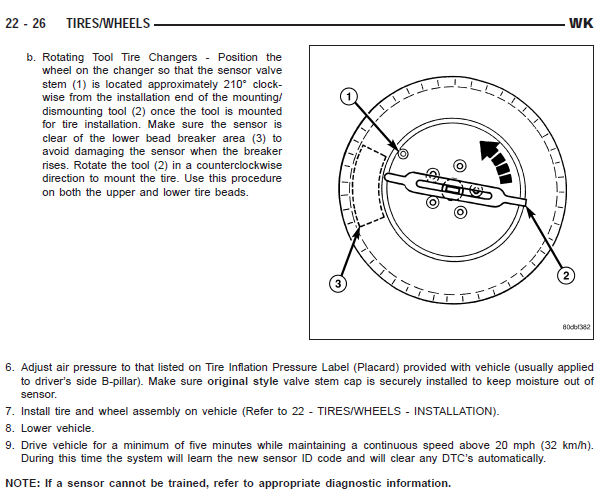
What it warns you about. The indication turns on when the stability control system is working and prevents the vehicle from skidding. Sometimes the system can work even in warm, dry weather if one of the wheels is stuck and the other has good traction.
If an exclamation mark appears along with the icon, it means that the stabilization system is not working correctly and diagnostics are needed. On some cars, the system cannot be turned off, on others there is a special button for this. Then the icon on the dashboard will be complemented by the signature off.
/list/skorost-ya-skorost/
Drifting and navigating junctions: 6 driving schools in Moscow with an unconventional program
Warning signs
Electronic ignition and engine control The electronic power control icon is indicated by the letters EPC (Electronic Power Control) What it warns about. This indication is available for Mercedes and cars of the VAG group - Volkswagen, Skoda, Audi and other brands of the concern. The error reports problems in the operation of the electronic engine control system.
The error reports problems in the operation of the electronic engine control system.
Perhaps the problem is not significant, for example, some electronic sensor has failed or electrical contacts have oxidized, but often the indication lights up along with the check engine lamp. In this case, it is better to diagnose the car in a car service.
Warning signs
Airbags The sign is indicated in the form of a person fastened to the seat, the inscription Airbag or SRSWhat it warns about. If the indicator lights up, there are problems in the passive safety system. In a car that has never deployed airbags, the steering column stalk may break. If you change it, everything will be fine.
But if the car was bought on the second hand, the problems can be more serious. Unfortunately, there are a lot of badly beaten cars on the market, in which safety has not been restored: they have not replaced the deployed airbags, at least airbags from disassembly.